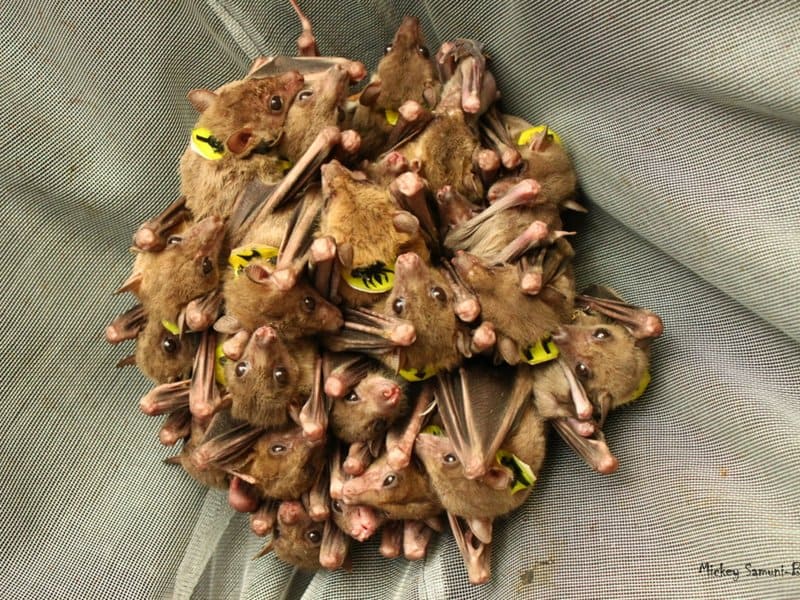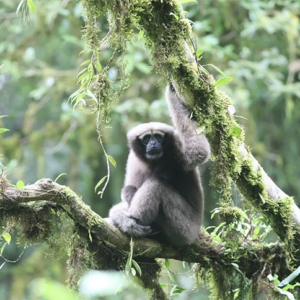
For years, much of the research conducted in the field of animal behavior has focused on animal communication, particularly in discerning the meaning of the innumerable squeals, squawks, chirps, and howls that animals use to talk to each other. Now, researchers at Tel Aviv University have largely unraveled the mysteries of the language of at least one animals species – the Egyptian fruit bat – and have recently published their findings in the journal Scientific Reports. Though much of their language appears to be a chaotic mix of high-pitched squeals, it turns out that these bats are communicating with each about specific problems. Not only that, but they address each other as sentient individuals, a practice previously known to occur among dolphins and a handful of other species.
In the study, three researchers – Yossi Yovel, Mor Taub, and Yosef Prat – studied 22 captive Egyptian fruit bats for over two months, recording the sounds they made while roosting. Then, using a modified machine learning algorithm intended for recognizing nuances in human voices, the Israeli researchers fed 15,000 different bat calls into the program. The calls were organized into groups and corresponding video footage was analyzed to see if certain activities could be matched to specific sounds.
What they found came as a surprise to many animal behavior researchers, largely because bat communication is surprisingly nuanced. 60% of all recorded calls were successfully grouped into four categories – arguing about food; disputing sleeping positions within a cluster; rejecting unwanted mating advances; complaining about another bat being too close. Even more fascinating was that bats alter their calls slightly when speaking to different individuals in the cluster, much like humans use a different tone of voice when speaking to certain people. “We have shown that a big bulk of bat vocalizations that previously were thought to all mean the same thing, something like ‘get out of here!’ actually contain a lot of information,” Yovel told the Guardian.
However, the research isn’t set to end anytime soon. Yovel and his team hope to discover if bats are born with inherent knowledge of their “language” or if they become acclimated to it by living in a colony. They are also curious if the bats communicate in such a sophisticated way when they leave the colony to forage. Such experiments, according to the research team, would involve attaching microphones to bats and releasing them into the wild. As noted by Kate Jones, professor of Ecology and Biodiversity at University College in London, the possibility now exists of replicating such studies with other species to see if such sophisticated, nuanced communication is actually the norm in the animal kingdom. Hopefully, such discoveries would serve to increase the empathy humans have for animals, who are suffering and disappearing at an alarming rate thanks to man-made pollution, industrial development, and man-made disasters. Yet, even if humans could successfully understand animals, would we listen?
What are your thoughts? Please comment below and share this news!
This article (Researchers “Translate” Sophisticated Communication Between Bats) is free and open source. You have permission to republish this article under a Creative Commons license with attribution to the author and True Activist


